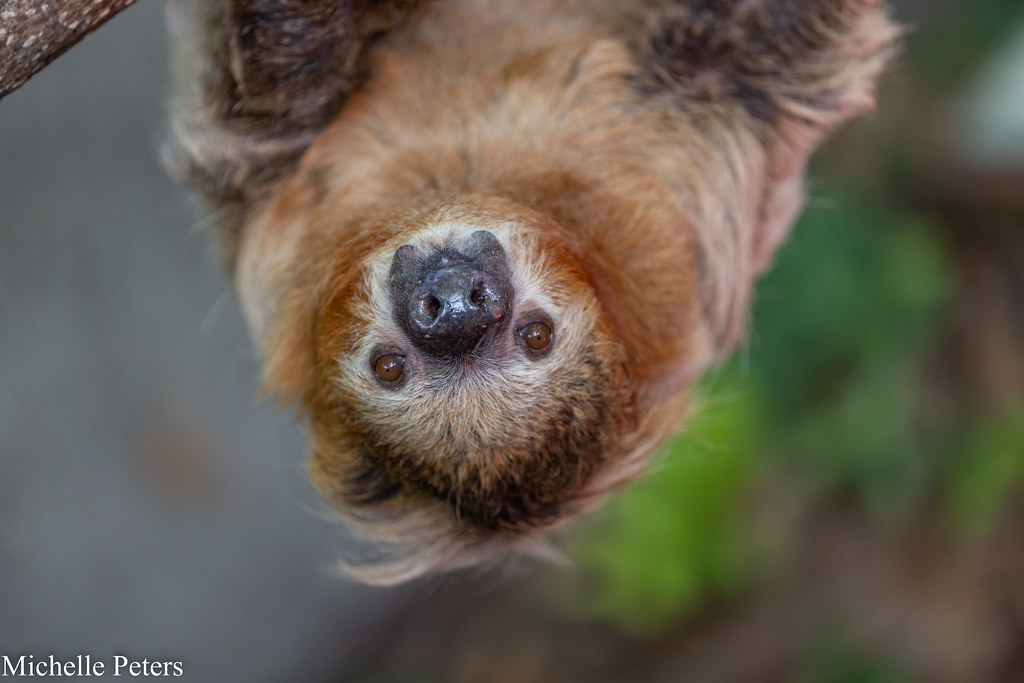Fur is Flying at the Cincinnati Zoo – 10 painted dog puppies unleashed!
It’s officially raining cubs and pups in Africa!
 CINCINNATI, OH (April 10, 2015) – The Cincinnati Zoo’s African painted dog pups, born in January, put Painted Dog Valley to the test today as they explored their outdoor exhibit during their public debut. No hole was left undug.
CINCINNATI, OH (April 10, 2015) – The Cincinnati Zoo’s African painted dog pups, born in January, put Painted Dog Valley to the test today as they explored their outdoor exhibit during their public debut. No hole was left undug.
“Each pup was tentative with their new exhibit at first, but it is easy to gain confidence quickly with a pack of 11 behind you! Once they gained that confidence they were exploring every inch of the exhibit, even learning just how deep the running water was in the stream,” says Josh Charlton, Curator of Mammals at the Cincinnati Zoo.
Video of painted dogs first time out available here.
Each of the ten pups, named by their keepers, has unique markings that help staff identify them, but these distinguishing characteristics might be difficult for visitors to see when the pups are running around in their exhibit yard. (see keeper Dana Burke’s blog post for more info on the name origins)
Painted Dog Pup Key:
Riddler –upside down white question mark; |
Ivy – white splotch on right side and on right rear thigh and a very small amount of white between her shoulder blades.  |
Alfred – no white on his body, a bluish tint to his fur and two small black dots in the middle of the white on his tail (he and Oswald are hard to tell apart). |
Selina – tail has a black ring on it. |
Hugo – white splotch on his right side (he and Ivy are hard to tell apart at first glance) |
Lucy – one white squiggly line on each side of body, lots of yellow, and a white splotch on rump.  |
Bruce – white backwards ‘C’ on right side |
Quinn – white sideways ‘7’ on left side  |
Oswald – no white on his body, one small white dot on the back of each thigh/hamstring area.  |
|
Luke – white splotch on rump similar to Lucy’s. |
|
“With so many pups running around the yard, it’s going to be fun for visitors to try to tell them apart. Painted Dog Valley does offer very close viewing opportunities, but if only one white splotch differentiates one from another, good luck! I’m not sure I’ll know them all by name, but the keepers do and you can too!” said Thane Maynard, Executive Director of the Cincinnati Zoo.
The #CZBGPups do not have a regular “on-exhibit” schedule yet. As temps rise, and they get familiarized with their new exhibit, their outdoor appearances will increase.
There are about 534 African painted dogs, also known as African wild dogs, in zoos worldwide including approximately 103 painted dogs at 34 AZA institutions in the United States. Their gestation period is approximately 68-73 days and litters typically include 6 to 12 pups, but can number up to 20. The mortality rate for African painted dog pups is 64 percent in the first year of life.
African painted dogs are known for their large, round ears and beautifully “painted”, multi-colored coats. At the turn of the 20th century there were more than 500,000 painted dogs in 39 countries. Today, there are only 3,000 dogs in Tanzania, Kenya, Zimbabwe, Botswana, and South Africa combined.
To continue to connect Zoo visitors with Africa, the Cincinnati Zoo, along with the Angel Fund, supports the conservation of African painted dogs and other wildlife in southern Tanzania through the Ruaha Carnivore Project (RCP). The RCP works with local communities to ensure the survival of carnivores and people in and around Ruaha National Park. The third largest African painted dog population lives in the Ruaha region and is also home to 10% of Africa’s lions. The RCP documents the presence and location of wildlife species through community-reported sightings and photos taken by motion-triggered cameras, or camera traps. The project aims to gather baseline data on carnivore numbers and ecology and work with the local communities to reduce human-carnivore conflict.
Painted Dog Valley is FREE with regular Zoo admission.

